Shay Har-Noy takes the helm at Edgybees
Tuesday, 29 November 2022 21:29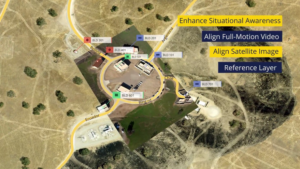
Shay Har-Noy, former Spire Global general manager for aviation and a former DigitalGlobe and Maxar Technologies vice president, has taken the helm at Edgybees, a company that specializes in aligning satellite and aerial still and full-motion imagery.
The post Shay Har-Noy takes the helm at Edgybees appeared first on SpaceNews.
Image: Hubble Telescope spies sparkling spray of stars in NGC 2660
Tuesday, 29 November 2022 21:09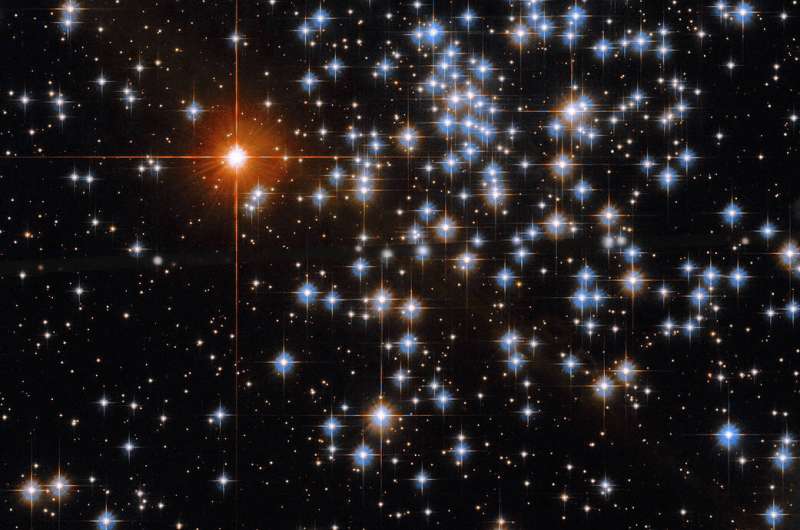
This glittering group of stars, shining through the darkness like sparks left behind by a firework, is NGC 2660 in the constellation Vela, best viewed in the southern sky. NGC 2660 is an open cluster, a type of star cluster that can contain anywhere from tens to a few hundreds of stars loosely bound together by gravity.
The stars of open clusters form out of the same region of gas and dust and thus share many characteristics, such as age and chemical composition. Unlike globular clusters—their ancient, denser, and more tightly-packed cousins—open clusters are easier to study since astronomers can more easily distinguish between individual stars. Their stars can be old or young, and they may disperse after a few million years into the spiral or irregular galaxies where they are born.
The spikes surrounding many of the stars in this image are "diffraction spikes," which occur when the glow from bright points of light reflects off of Hubble's secondary mirror support.
SiriusXM orders pair of satellites to expand in Canada and Alaska
Tuesday, 29 November 2022 20:16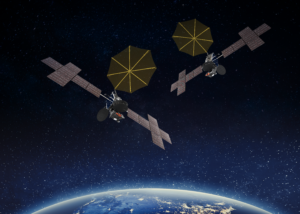
SiriusXM said Nov. 29 it has ordered two more satellites from Maxar Technologies to expand its radio broadcasting constellation.
The post SiriusXM orders pair of satellites to expand in Canada and Alaska appeared first on SpaceNews.
Japanese company aims to put first private lander on Moon, with UAE rover on board
Tuesday, 29 November 2022 20:11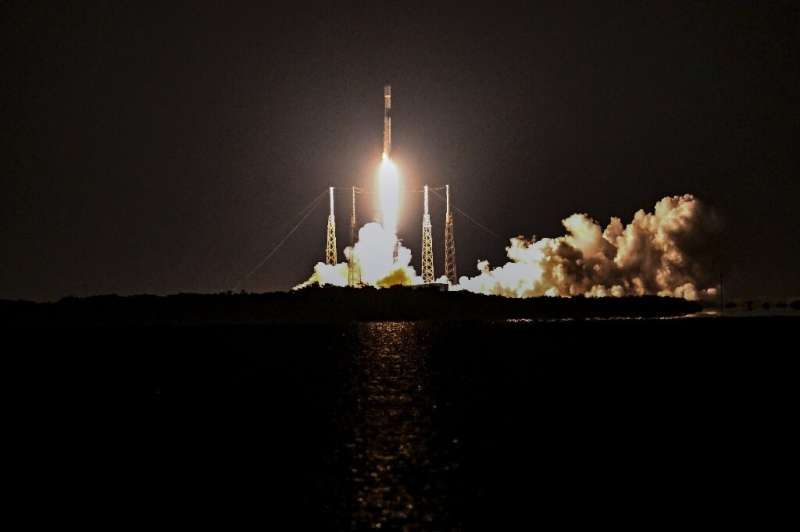
SpaceX is set Wednesday to launch the first private—and Japanese—lander to the Moon.
A Falcon 9 rocket is scheduled to blast off at 3:39 am (0839 GMT) from Cape Canaveral, Florida, with a backup date on Thursday.
Until now, only the United States, Russia and China have managed to put a robot on the lunar surface.
The mission, by Japanese company ispace, is the first of a program called Hakuto-R.
The lander would touch down around April 2023 on the visible side of the Moon, in the Atlas crater, according to a company statement.
Measuring just over 2 by 2.5 meters, it carries on board a 10-kilogram rover named Rashid, built by the United Arab Emirates.
Developing the low-energy ion spectrometer for the Chinese BeiDou-3 satellite
Tuesday, 29 November 2022 20:00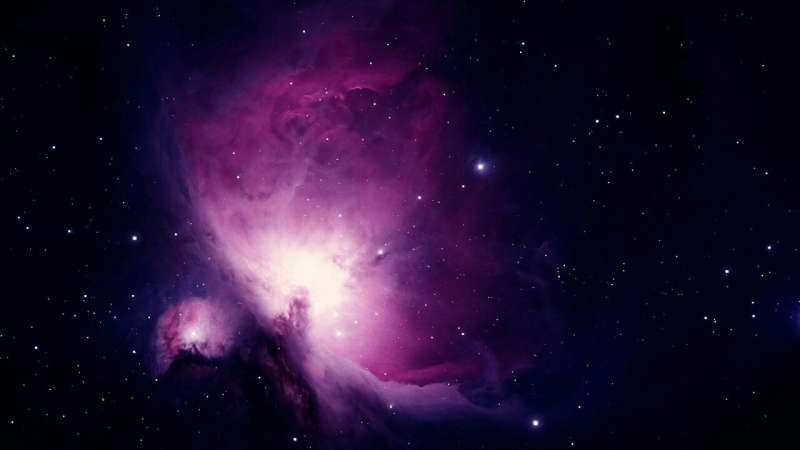
In our daily lives, we rely on weather forecasts to know whether it will rain tomorrow. The monitoring and prediction of space weather such as geomagnetic storms and substorms are also vital for the operation safety of satellites outside the atmosphere and the living conditions of astronauts in space. However, space weather is far more unpredictable than the weather on Earth, which depends on in-situ measurements of plasma parameters by satellites.
A research team, led by Prof. Wang Yuming and Prof. Shan Xu from the University of Science and Technology of China (USTC) of the Chinese Academy of Sciences, developed a low-energy ion spectrometer (LEIS) onboard a Chinese geosynchronous satellite, the BeiDou-3 satellite.
The LEIS is designed for measurement of the ion energy per charge distribution with good energy-, angular-, and temporal-resolutions, which is helpful for space weather monitoring and early warning. Recently, the scientific data acquired by the LEIS were published in Science China Technological Sciences.
Starting in 2012, the research team designed and realized the LEIS payload that meets the requirements of a magnetospheric mission. Through simulation and experimental tests, the LEIS payload had been valuated and calibrated, and it was finally finished in 2017.
U.S. Space Command supports use of ‘responsive launch’ to deter China and Russia
Tuesday, 29 November 2022 19:29
Gen. James Dickinson, head of U.S. Space Command, said the U.S. military should take advantage of commercially available launch options and vehicles that can operate from multiple locations
UK firm to release GEO-compatible smartphone early next year
Tuesday, 29 November 2022 18:49
British handset maker Bullitt said Nov. 29 it will release a smartphone early next year capable of sending and receiving texts via satellites in geostationary orbit.
The post UK firm to release GEO-compatible smartphone early next year appeared first on SpaceNews.
Pentagon report: China’s space strategy shaped by technological change
Tuesday, 29 November 2022 17:58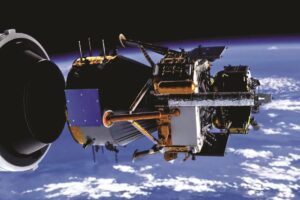
The Pentagon in its 2022 report on China's military capabilities says the PLA continues to develop weapons for use against satellites in orbit
The post Pentagon report: China’s space strategy shaped by technological change appeared first on SpaceNews.
Europa's plate tectonic activity is unlike Earth's
Tuesday, 29 November 2022 16:56
Plate tectonics represents a defining framework of modern geoscience, accounting for large-scale features on Earth's surface, such as mountains and valleys, as well as the processes that shape them, like volcanoes and earthquakes. Present-day plate tectonics have not been observed on any other world in the solar system, and evidence of past activity on planets such as Mars and Venus is circumstantial.
China launches crewed mission to Tiangong space station
Tuesday, 29 November 2022 16:30 China launched the Shenzhou-15 spacecraft on Tuesday carrying three astronauts to its space station, where they will complete the country's first-ever crew handover in orbit, state news agency Xinhua reported.
The trio blasted off in a Long March-2F rocket at 11:08 pm (1508 GMT) from the Jiuquan launch centre in northwestern China's Gobi desert, Xinhua said, citing the China Manned Space A
China launched the Shenzhou-15 spacecraft on Tuesday carrying three astronauts to its space station, where they will complete the country's first-ever crew handover in orbit, state news agency Xinhua reported.
The trio blasted off in a Long March-2F rocket at 11:08 pm (1508 GMT) from the Jiuquan launch centre in northwestern China's Gobi desert, Xinhua said, citing the China Manned Space A Simple semiconductor solutions could boost solar energy generation and enable better space probes
Tuesday, 29 November 2022 16:30 A 'simple' tweak to perovskite solar cells during the fabrication stage could help to unlock the untold potential of the renewable energy source, claims research from the University of Surrey.
Surrey's Advanced Technology Institute (ATI) has demonstrated that by precisely controlling the fabrication process, it is possible to regulate and reduce unwanted energy loss in perovskite solar pan
A 'simple' tweak to perovskite solar cells during the fabrication stage could help to unlock the untold potential of the renewable energy source, claims research from the University of Surrey.
Surrey's Advanced Technology Institute (ATI) has demonstrated that by precisely controlling the fabrication process, it is possible to regulate and reduce unwanted energy loss in perovskite solar pan NASA's Juno mission spots two Jovian moons
Tuesday, 29 November 2022 16:24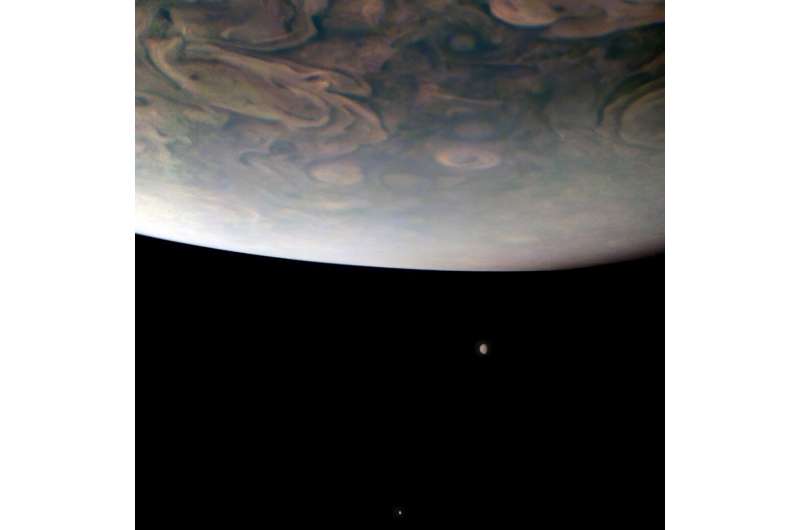
On Nov. 29, 2021, NASA's Juno mission completed its 38th close flyby of Jupiter. As the spacecraft sped low over the giant planet's cloud tops, its JunoCam instrument captured this look at two of Jupiter's largest moons.
In the foreground, hurricane-like spiral wind patterns called vortices can be seen spinning in the planet's north polar region. These powerful storms can be over 30 miles (50 kilometers) in height and hundreds of miles across.
Below Jupiter's curving horizon, two Jovian moons make an appearance: Callisto (below) and Io (above).
Juno will make close flybys of Io in December 2023 and February 2024, the first such close encounters with this intriguing moon in over two decades. Io is the most volcanic body in our solar system, and its eruptions leave a trail of material behind that both fills Jupiter's magnetosphere and creates a torus of gas and dust around Jupiter. During the flybys, Juno will study Io's volcanoes and geology, search for signs of a magma ocean, and investigate how Io interacts with Jupiter's giant magnetosphere.
China launches 3 astronauts to complete space station
Tuesday, 29 November 2022 15:13
China launched a rocket Tuesday carrying three astronauts to complete construction of the country's permanent orbiting space station, during which they will expand the facility to its maximum capacity of six crew aboard.
South Korean leader eyes “landing on moon in 2032, Mars in 2045”
Tuesday, 29 November 2022 13:37
South Korean President Yoon Suk-yeol said Nov. 28 that the country will land a robotic spacecraft on the moon in 2032 and on Mars in 2045.
The post South Korean leader eyes “landing on moon in 2032, Mars in 2045” appeared first on SpaceNews.
ESA’s ExoMars plans depend on NASA contributions
Tuesday, 29 November 2022 12:01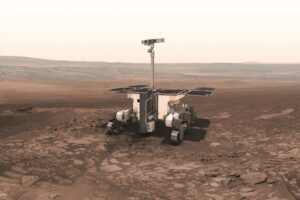
While the European Space Agency has secured funding to continue the ExoMars mission for a 2028 launch, that plan requires cooperation with NASA that has yet to be finalized.
The post ESA’s ExoMars plans depend on NASA contributions appeared first on SpaceNews.

